Lee Holmes holds an Advanced Certificate in Food and Nutrition and is a certified holistic health coach (IIN), yoga teacher, wholefoods chef and author of the bestselling titles Supercharged Food and Supercharged Food: Eat Yourself Beautiful . She is a columnist with Wellbeing Magazine and a regular contributor to Lifestyle Food (Yahoo), and her articles have appeared in leading Australian newspapers and journals, as well as The Times and The Daily Express in the UK and The Huffington Post in the US. Lees blog, superchargedfood.com , won both the Healthy Eating Category and best blog at the inaugural BUPA Health Influencer Blog Awards in 2013.
This book is dedicated to all the people who empower and change the lives of others through leading by example

INTRODUCTION

I grew up in a rickety house on a quarter acre plot in England. Before we had been there a year, my mother had transformed it from an uncultivated, bramble-infested wilderness to a beautiful vegetable garden into which we would disappear, emerging with purple-stained hands triumphantly clutching fistfuls of rhubarb, or carrying makeshift buckets, bursting with juicy seasonal berries.
Growing our own fruit and vegetables and having an edible garden as kids was not only intensely satisfying, it also taught us about nature, the changing seasons and the cycle of life. We watched seedlings poke their first tentative leaves out of the earth, harvested them and enjoyed them for our dinner. It was profoundly nourishing, not only gastronomically but also metaphysically.
Being responsible for creating your own produce means you know exactly what goes into your meals and you can choose the produce that you like to eat, cook and nourish your body with. Organic and buying local have slipped into the current lexicon, and to my mind, theres nowhere more local than our own backyards (or window box or patio or balcony).
I moved to Australia and, after careers in the media and music industries, I went back to my food and nutrition roots to become a wholefoods chef, hatha yoga teacher and certified health coach (Institute Integrative Nutrition).
This is my fifth book, the four earlier books being Supercharged Food: Eat Your Way to Good Health and Supercharged Food: Eat Yourself Beautiful (Murdoch Books) and Supercharged Food for Kids and Heal Your Gut , ebooks available on my website, superchargedfood.com. My first book came about after I successfully used nutrient-rich ingredients and wholefoods as medicine to overcome an autoimmune disease and fibromyalgia.
One of my favourite pastimes is creating healthy and delicious recipes. I hope the recipes in this book inspire you to view your ingredients and fresh seasonal produce in a new light and see how the humble vegetable, with a little culinary care, can be the hero of the dinner table.
ABOUT THIS BOOK
Supercharged Food: Eat Clean, Green and Vegetarian features a host of plant-based recipes. Whether youre a vegetarian, vegan or flexitarian, the recipes may be adapted and you can experiment and substitute ingredients depending on your individual preferences and eating guidelines. Eating clean and green will also help you get lean, and that is a bonus. Hello, meat-free everyday!
This is not a vegan cookbook, but all recipes contain vegan options. See , for more information.
Much of the hyper-processed food available in our supermarkets has been technically engineered to increase yield (and profits), regardless of the effects this has on our health or the environment. Eating real, whole, unprocessed and nutrient-rich food is the best health insurance policy we have. This book is more than a collection of vegetable recipes you will find no hockey-puck veggie patties or nut roasts within these pages. It will inspire you to create thoroughly delicious meals loaded with nutrients and health-promoting properties to supercharge your health.
GUIDE TO ICONS
 WF
WF  DF
DF  GF
GF  SF
SF  VEG
VEG  VG
VG
The following icons appear with each recipe. Heres a breakdown of what each signifies.
 WF: WHEAT-FREE. For some people, wheat is hard for their sensitive guts to digest and can cause allergic reactions. Common symptoms of a wheat allergy can include eczema, hives, asthma, hay fever, Irritable Bowel Syndrome (IBS), tummy aches, bloating, nausea, headaches, joint pain, depression, mood swings and tiredness. Wheat products can be replaced with buckwheat, rice, quinoa, tapioca and wheat-free flours.
WF: WHEAT-FREE. For some people, wheat is hard for their sensitive guts to digest and can cause allergic reactions. Common symptoms of a wheat allergy can include eczema, hives, asthma, hay fever, Irritable Bowel Syndrome (IBS), tummy aches, bloating, nausea, headaches, joint pain, depression, mood swings and tiredness. Wheat products can be replaced with buckwheat, rice, quinoa, tapioca and wheat-free flours.
 DF: DAIRY-FREE. To avoid dairy, look on labels for any food that contains cows or goats milk, cheese, butter, ghee, buttermilk, cream, crme frache, milk powder, whey, casein, caseinate and margarines which contain milk products. Substitutes for dairy milk include rice milk, nut and seed milks, oat milk and coconut milk.
DF: DAIRY-FREE. To avoid dairy, look on labels for any food that contains cows or goats milk, cheese, butter, ghee, buttermilk, cream, crme frache, milk powder, whey, casein, caseinate and margarines which contain milk products. Substitutes for dairy milk include rice milk, nut and seed milks, oat milk and coconut milk.
 GF: GLUTEN-FREE. Gluten is a mixture of proteins found in grains such as wheat, rye, barley and oats. Some people can tolerate oats but the tricky bit is finding oats that are uncontaminated by wheat or other grains during processing. Symptoms of gluten sensitivity can include gastrointestinal issues, skin problems, changes in weight, headaches and depression. Gluten sensitivity can make you feel ill or uncomfortable and can adversely affect your mood and quality of life.
GF: GLUTEN-FREE. Gluten is a mixture of proteins found in grains such as wheat, rye, barley and oats. Some people can tolerate oats but the tricky bit is finding oats that are uncontaminated by wheat or other grains during processing. Symptoms of gluten sensitivity can include gastrointestinal issues, skin problems, changes in weight, headaches and depression. Gluten sensitivity can make you feel ill or uncomfortable and can adversely affect your mood and quality of life.
 SF: SUGAR-FREE. Sugar provides energy without nutrients. Researchers have reported that a person with vitamin and mineral deficiencies, such as magnesium, zinc, fatty acids and B-group vitamins, is more likely to show symptoms of anxiety and depression. In this book, if a recipe contains fruit, coconut sugar or rice malt syrup I have indicated that it contains sugar, and therefore it doesnt appear with the sugar-free icon.
SF: SUGAR-FREE. Sugar provides energy without nutrients. Researchers have reported that a person with vitamin and mineral deficiencies, such as magnesium, zinc, fatty acids and B-group vitamins, is more likely to show symptoms of anxiety and depression. In this book, if a recipe contains fruit, coconut sugar or rice malt syrup I have indicated that it contains sugar, and therefore it doesnt appear with the sugar-free icon.



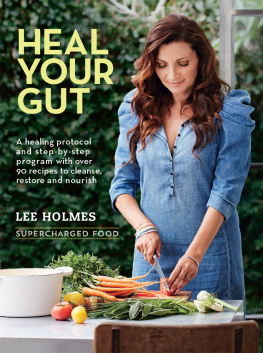
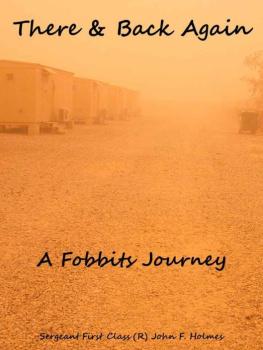
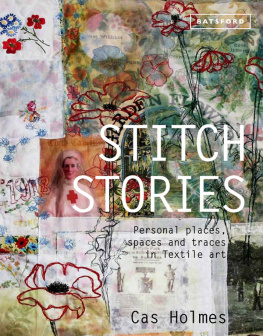
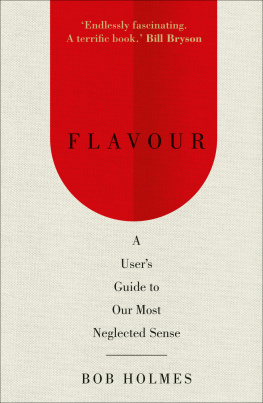

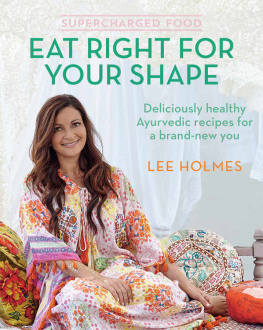
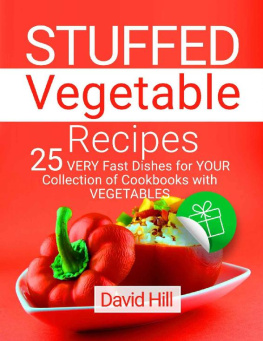
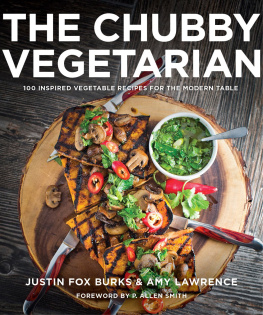
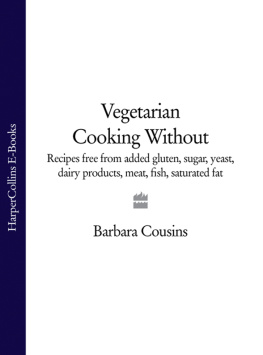

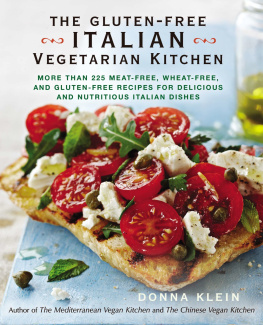
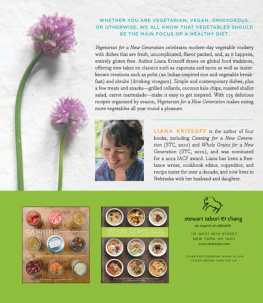
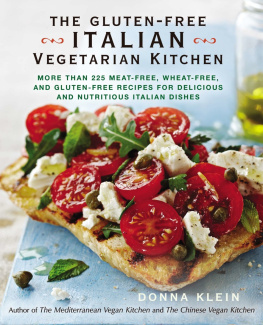

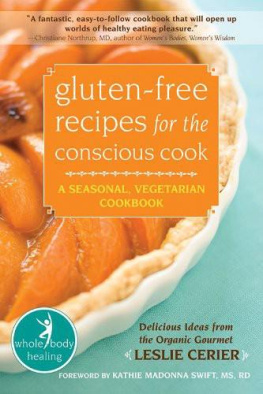
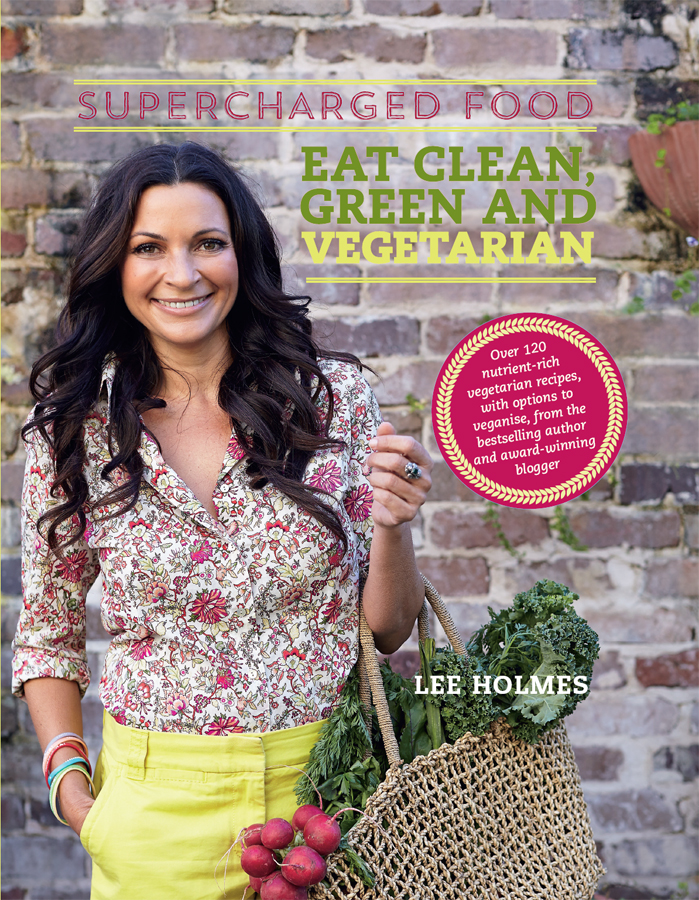








 WF
WF  DF
DF  GF
GF  SF
SF  VEG
VEG  VG
VG